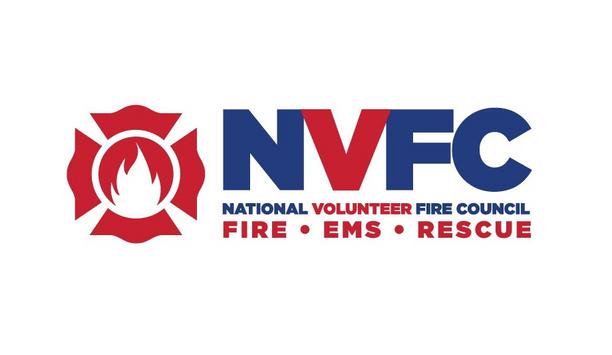Many landlords across South Yorkshire are required to fit carbon monoxide (CO) alarms in their properties, following a change in the law.
As of Saturday 1 October 2022, The Smoke and Carbon Monoxide Alarm (Amendment) Regulations 2022 require CO alarms to be installed in all rented accommodation and newly built properties where there is a fixed combustion appliance. This excludes gas cookers.
New or replaced alarms
Both private and social sector landlords will be required to provide the alarms, and they will have a duty to repair or replace faulty alarms upon being informed of any issues.
These regulations apply specifically to homes in England, which has followed in the footsteps of Scotland, Wales, and Northern Ireland in mandating the installation of CO detectors. Where landlords do not comply with the requirements, Local Authorities have the power to issue penalty notices and fines of up to £5,000.
welcoming new regulations
The cost of a new carbon monoxide alarm for landlords is considerably less than the potential fine"
“As a fire service we have seen several examples where people have tragically died of carbon monoxide poisoning, and we welcome these new regulations,” said Area Manager - Matt Gillatt, Head of South Yorkshire’s joint police and fire community safety department.
He adds, “The cost of a new carbon monoxide alarm for landlords is considerably less than the potential fine, but we hope that landlords opt to install detectors because it’s the right thing to do, not just because of the potential financial penalty.”
Carbon monoxide alarms
Carbon monoxide alarms alert households to dangerous levels of exposure to what is known as the silent killer. The poisonous gas forms when carbon-based fuels are burnt. Examples within a typical home include fires, stoves, and gas appliances (such as boilers).
Symptoms of carbon monoxide poisoning
Symptoms of carbon monoxide poisoning are headaches, dizziness, feeling sick, being sick, feeling weak or having chest and muscle pain. Excessive amounts of the gas can come from appliances that aren’t installed properly, are faulty, or poorly maintained.
Using disposable BBQs or camping stoves inside houses (or tents), or turning lawnmowers or cars on inside a garage, can also cause a build-up of carbon monoxide.















